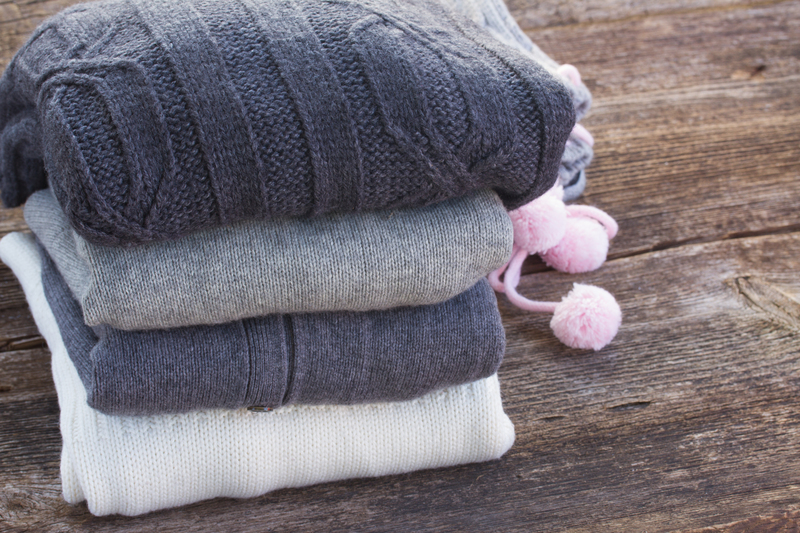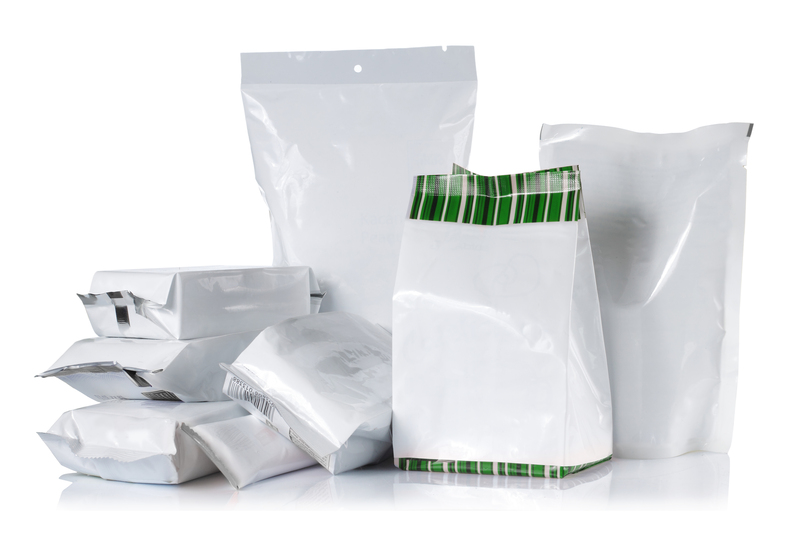Best Practices for Recycling Kitchen Pots and Pans
Kitchen pots and pans are the workhorses of any home chef's arsenal. However, over time, these indispensable items can become warped, scratched, or simply outdated. Instead of tossing them in the trash, have you considered the ecological and practical benefits of recycling your cookware? Recycling kitchen pots and pans is an excellent way to reduce household waste, conserve resources, and even give your old cookware a second life.
In this comprehensive, SEO-optimized guide, we'll explore the best practices for recycling kitchen pots and pans. From understanding materials and local recycling programs to alternative creative solutions, discover the most effective and environmentally friendly ways to dispose of unwanted cookware.
Why Recycling Kitchen Cookware Matters
Every year, millions of tons of metal products--including cookware--end up in landfills, where they take centuries to decompose. Recycling kitchen cookware helps to:
- Conserve natural resources by reusing raw materials
- Reduce landfill waste and environmental pollution
- Lower greenhouse gas emissions from new production
- Create jobs and strengthen recycling industries

Understanding Cookware Materials
The first step in recycling kitchen pots and pans is to identify what they're made of. Most cookware falls into one or more of the following categories:
- Aluminum: Lightweight, rust-resistant, widely recycled.
- Stainless Steel: Durable, corrosion-resistant, high scrap value.
- Copper: Excellent heat conductor, valuable for scrap.
- Cast Iron: Heavy-duty and long-lasting; can often be rehabilitated.
- Non-Stick or Teflon-Coated: Requires special handling due to the chemical coating.
- Ceramic and Glass: Not always accepted in regular recycling programs.
What to Do Before You Recycle Pots and Pans
- Clean Thoroughly: Remove as much food residue and grease as possible. Some recyclers require cookware to be free of debris.
- Inspect for Reusability: If the pot or pan is still functional, consider donating it. Many shelters, thrift stores, and charities welcome usable kitchenware.
- Disassemble When Possible: Remove non-metal parts such as plastic handles, glass lids, or rubber grips for most efficient recycling.
Proper preparation enhances the recycling process and increases the likelihood of your cookware being accepted.
Where Can You Recycle Old Pots and Pans?
Finding a suitable place for recycling your kitchen pots and pans depends on your location and the materials in question.
1. Scrap Metal Yards
These facilities accept most metal cookware, including aluminum, stainless steel, copper, and cast iron. Scrap yards may even pay you for valuable metals. Simply drop off your clean, separated pans and pots and let the experts handle the recycling.
2. Municipal Recycling Centers
Not all curbside programs accept cookware, but many municipal recycling facilities have dedicated drop-off locations for scrap metal. Visit your city or county's waste management website to check specific guidelines for recycling kitchen cookware.
3. Manufacturer Take-Back Programs
Certain brands and retailers offer recycling programs for their own cookware. For instance, some companies allow you to mail in old pots and pans when you purchase replacements. Check the manufacturer's website for details.
4. Household Hazardous Waste Events
If your cookware has a non-stick or chemical coating (such as Teflon), check to see if your municipality hosts hazardous waste collection events. These gatherings often accept items that require special handling and disposal.
Creative Reuse and Upcycling Ideas
Before you recycle, consider repurposing your old kitchen pots and pans. Upcycling is a way to give new life to unwanted items, extending their usefulness and saving energy that would otherwise go into recycling. Here are some creative ideas:
- Planters: Turn old pots and pans into quirky, durable containers for indoor or outdoor plants.
- Craft Projects: Use pans as a base for clocks, wall art, or decorative serving trays.
- Storage Solutions: Repurpose deep pans as holders for utensils, tools, or craft supplies.
- Bird Baths or Feeders: Create a DIY bird bath or feeder using non-toxic, rust-resistant cookware.
- Candle Molds: Use small pans or muffin tins as molds when making homemade candles.
Special Considerations for Non-Stick and Coated Cookware
Non-stick pans, especially those coated with PTFE (Teflon), present unique recycling challenges:
- Not accepted at all recycling centers: The chemical coating complicates standard metal recycling processes.
- Look for specialty programs: Some manufacturers and recycling companies run specific take-back schemes for coated pans.
- Do not incinerate or place in standard curbside bins: Burning non-stick coatings can release hazardous fumes.
Important: Always check with your local facility for specific rules on recycling non-stick pans to ensure safe, responsible disposal.
Tips for Donating Usable Cookware
If your pots and pans are still in good shape, donation is often the best and most eco-friendly option. Here are a few steps for successful donation:
- Clean thoroughly and sanitize each item.
- Check with local charities, thrift stores, churches, and shelters for their kitchenware acceptance guidelines.
- Offer your cookware via community groups or social media platforms (e.g., Freecycle, Buy Nothing Project).
- Package securely to prevent damage during transport.
How to Recycle Pots and Pans: Step-by-Step Guide
Follow this step-by-step guide for the most eco-conscious approach to recycling your kitchen pots and pans:
- Assess Condition: Could your pots or pans be reused, donated, or sold?
- Remove Non-Metal Parts: Take off handles or lids made from plastic, silicone, or glass.
- Clean and Dry: Eliminate food debris, oils, and moisture to prepare for recycling.
- Separate by Material: If necessary, sort cookware by type--aluminum, stainless steel, copper, etc.
- Find a Reputable Recycler: Use resources like Earth911 or local government websites to locate nearby recycling centers or scrap yards.
- Drop Off and Confirm: Visit the recycling site, follow their procedures, and confirm proper processing.
By following these best practices, you make a significant contribution to reducing the environmental impact of discarded kitchenware.
Frequently Asked Questions
Are all pots and pans recyclable?
Most metal pans and pots can be recycled, but acceptance varies by local recycling programs. Always check your area's requirements, especially for coated or composite cookware.
Can I recycle pots and pans in my curbside bin?
Usually, pots and pans should not be placed in curbside recycling bins because their size, weight, and mixed materials can interfere with automated sorting equipment. Instead, use designated metal recycling drop-off points.
What should I do with broken or warped cookware?
If repair or reuse isn't an option, clean the cookware, remove non-metal parts, and take it to a scrap metal recycling facility.
Is it safe to recycle non-stick pans?
Non-stick coatings require special handling. Contact local recycling centers before dropping them off, or search for manufacturer recycling programs for non-stick cookware.
How do I recycle ceramic or glass cookware?
Ceramic and glass are rarely accepted with traditional metal recycling due to their different properties. Contact your local waste management or check for specialty recycling options for ceramics and glassware.

Environmental Impact of Recycling Cookware
When you recycle your kitchen pots and pans, you contribute to:
- Less resource extraction (mining for new metals)
- Lower energy use (recycling metals is less energy-intensive than producing new ones)
- Reduced landfill space waste
- Fewer emissions of greenhouse gases
Final Thoughts: Responsible Cookware Disposal
The responsible solution for disposing of kitchen pots and pans is clear: recycle or reuse whenever possible. By following these best practices for recycling kitchen cookware, you'll help conserve resources, protect the environment, and maybe even spark creativity in your home or community. The next time your favorite saucepan starts to show its age, remember--there's a sustainable pathway beyond the landfill.
Resources for Further Reading
Start today and turn your kitchen cleanup into an act of *environmental stewardship!*


